Launched in 2017, the Kodiaq embodied the beginning of Skoda’s offensive in the SUV segment. A great success since this first generation was sold in 870,000 copies. It was also the third best-selling model of the Czech brand, a subsidiary of the Volkswagen group, last year, after the Octavia sedan and the Kamiq compact SUV.
A design that evolves smoothly
In this second generation, the exterior design evolves smoothly. We find new optics on the front, the new grille with a line of LEDs, square wheel arches, an optional brushed aluminum pillar decoration and more elongated taillights that join together to form a continuous strip. Despite these new features, the Kodiaq retains its general appearance, but with more personality. Especially in our test model with the new metallic paint. “Golden Havana.”
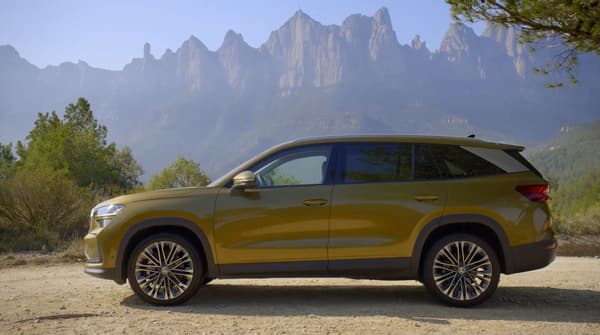
This model grows 6 cm compared to the first generation. It thus shows a length of 4.76 meters, but with a wheelbase, the space between the front and rear wheels, which remains unchanged at 2.79 meters. That is to say, we maintain very good space on board and this gain in length mainly benefits the trunk space.
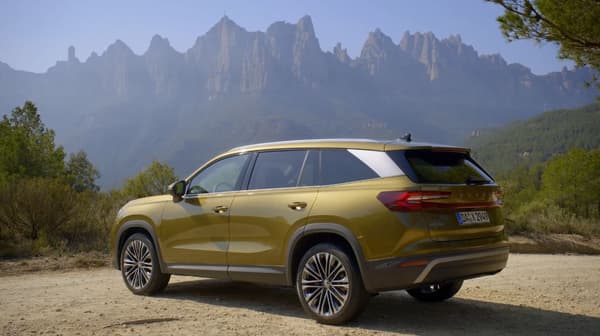
The volume reaches 910 liters in the 5-seater version, 190 more than the first generation, already well positioned at this point, and 340 liters in the 7-seater version, 845 liters with the two third rows folded down.
An interior in clear evolution
But it is inside where we see clear advances in this Skoda Kodiaq. We already noticed the very good quality of the finishes, especially in our interior. “Cognac” then the color matched well with our gold exterior.

In addition to the space on board and the numerous storage spaces, it is the digital environment that is enriched and becomes, above all, more ergonomic. A significant contrast with our feelings in our recent test of the Skoda Enyaq, which has since received a major restyling to correct some of its faults.
Advances in the digital environment of the vehicle that we detail in video in our second major techno test after that of the Toyota C-HR.
As for the program, an almost perfect copy, with a complete and widely customizable counter screen and a touch screen that offers a good definition/responsiveness ratio.
Skoda’s “simply clever” little tips are complemented by a well-thought-out screen cleaner to remove fingerprints and dust. It’s always within reach in the center console in a small dedicated storage space. A center console freed from the automatic transmission gear lever (with the “P, R, N, D” controls) that shifts to the right-hand steering wheel.
The driver and passengers also have no shortage of USB-C ports to charge their devices, with an induction charging space for two smartphones and a 12V socket in the trunk, which can also be used by passengers in the third row. .
Three buttons to control (almost) everything
Finally, Skoda presents its “smart controls”, a new system to regulate air conditioning, heating… and a little more. In the program, three circular buttons located at the bottom of the dashboard, under the central air vents, each of them equipped with a small LCD screen. The two side buttons allow the driver and passenger to set the desired temperature. By holding down its buttons, you can synchronize the temperature on the front. A short press allows you to adjust the intensity of the heated and ventilated seat.
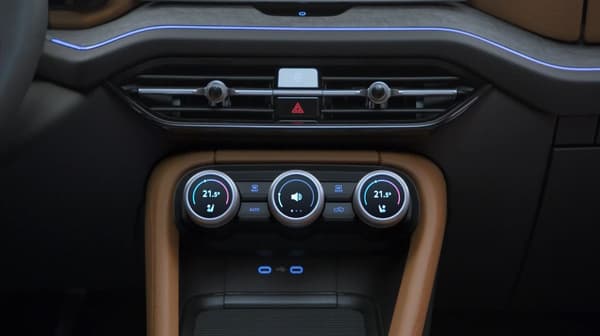
The central button is customizable: you can choose from the touch screen four functions among ix, such as the sound volume (in addition to a wheel on the steering wheel), the intensity and direction of the air flow or even the possibility of zooming. in the map.
A change that we appreciate, especially when we tested the old system, also offered by Volkswagen, with a touch strip under the screen that was not very ergonomic or functional to adjust both the temperature and the sound volume.
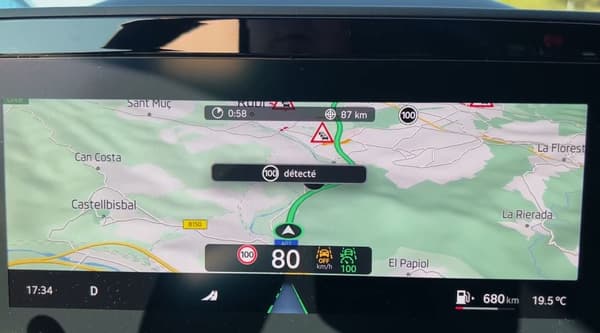
When driving we also find high-level equipment: head-up display directly on the windshield and a “trip assistance” that anticipates changes in the speed limit by adapting the adaptive cruise control, at the same time which offers lane maintenance.
Two engines at launch
This new Kodiaq begins its journey with two engines to choose from. A gasoline, the 1.5 TSI with 150 horsepower in 48V mild hybridization, and a Diesel with the 2.0 TDI with 150 horsepower, both associated with the DSG7 gearbox.
For our part, we have tested a version with all-wheel drive and the 193 horsepower TDI that will soon be offered in France. Why this strange choice? Because there were simply no more launch engines available on the French market during these tests and our main objective was to discover the digital environment.
With this engine configuration that should not be very successful in France, the Kodiaq has already demonstrated its qualities with especially optimized driving comfort. Our consumption level also remained quite reasonable below 6 liters per 100, quite promising for the TDI 150, logically even more sober.
“High autonomy” plug-in hybrid to follow
We are especially waiting to know more about the next-generation plug-in hybrid version that will be launched soon. It will add an electric motor to the 1.5 TSI for a total accumulated power of 204 horsepower. But above all a fairly large battery for a PHEV with a capacity of 25.7 kWh, enough to promise a range of more than 100 km according to the WLTP standard.
With the added possibility of direct current (DC) charging at a fast charging station of up to 50 kW, that is, from 10 to 80% in 25 minutes. These plug-in hybrid models mostly only accepted alternating current (AC) charging. That is, a slow recharge that caused excessive fuel consumption on long journeys.
Attractive on paper, but if we look at the price, the Kodiaq already shows quite high prices.
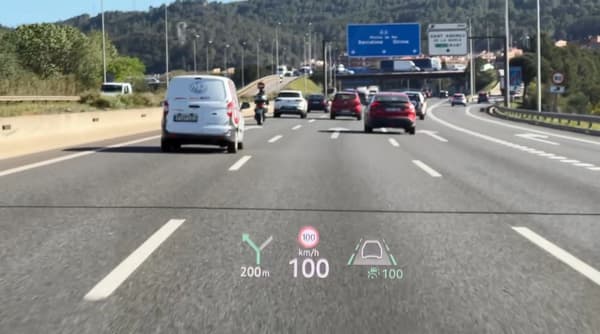
As for the price, this Kodiaq starts at 43,970 euros for 5-seater gasoline, 48,470 euros for Diesel and you have to count on about 1,000 euros more for the 7-seater versions.
Only one finish is offered at launch and it includes numerous equipment.
Source: BFM TV

